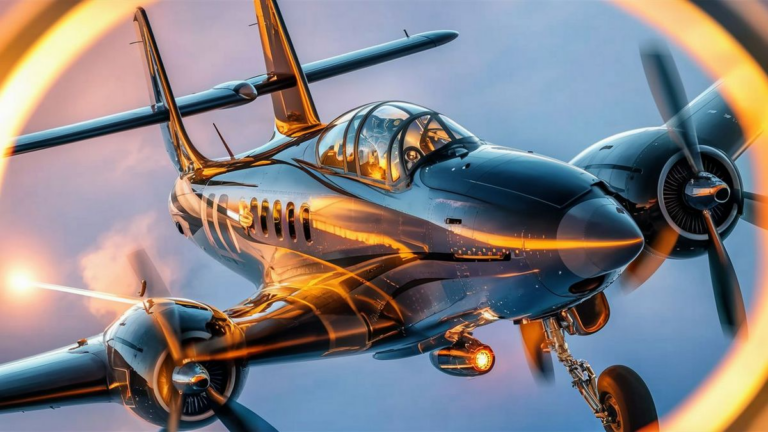In the realm of aviation, aircraft have served myriad purposes throughout history, reflecting the ever-evolving needs of humanity. From their inception to the present day, airplanes, helicopters, and other aerial vehicles have been utilized for a diverse array of functions, ranging from transportation to warfare, exploration to recreation. Let us delve into the multifaceted roles that aircraft have played and continue to play in our world.
Transportation
One of the primary uses of aircraft is transportation. They provide a fast and efficient means of traveling long distances, connecting people and goods across the globe. Commercial airlines ferry passengers from one city to another, reducing travel time significantly compared to other modes of transportation. Cargo planes transport vital goods, including food, medical supplies, and electronics, ensuring the smooth functioning of global trade networks.
Defense and Warfare
From reconnaissance missions to strategic bombing campaigns, aircraft have been integral to military operations for over a century. Fighter jets patrol the skies, safeguarding airspace and engaging in aerial combat when necessary. Bombers deliver payloads to enemy targets, exerting force and influence across vast distances. Unmanned aerial vehicles (UAVs), or drones, have become increasingly prevalent, offering surveillance capabilities and precision strikes in modern warfare.
Exploration and Research
Aircraft have facilitated exploration and research endeavors, enabling scientists to study remote regions of the Earth and beyond. They transport researchers to inaccessible areas, such as polar ice caps or dense rainforests, facilitating environmental studies and wildlife conservation efforts. Additionally, specialized aircraft, like weather planes and research helicopters, gather data to enhance our understanding of meteorology, geology, and other scientific disciplines.
Emergency Services
In times of crisis, aircraft serve as invaluable tools for emergency response and disaster relief. Medical helicopters airlift critically injured patients to hospitals, saving precious time and potentially lives. Firefighting aircraft drop water or fire retardants on wildfires, helping to contain and extinguish the flames. Search and rescue teams deploy aircraft equipped with advanced technology to locate and assist individuals in distress, whether lost at sea or stranded in remote terrain.
Recreation and Leisure
Beyond their practical applications, aircraft provide opportunities for recreation and leisure pursuits. Private pilots take to the skies for pleasure flights, enjoying panoramic views and the exhilarating sensation of flight. Aviation enthusiasts gather at airshows to marvel at aerobatic displays and vintage aircraft demonstrations. Additionally, activities like skydiving and paragliding rely on aircraft to transport participants to altitude before engaging in adrenaline-fueled adventures.
Commercial Enterprises
The aviation industry encompasses a vast array of commercial enterprises, ranging from aircraft manufacturing to aviation tourism. Aerospace companies design and produce aircraft for civilian and military use, driving innovation and technological advancements. Airlines operate fleets of aircraft, providing scheduled flights and charter services to passengers worldwide. Aviation-related businesses, such as airports, maintenance facilities, and flight training schools, contribute to the global economy and employment sector.
Aircraft have evolved into indispensable tools that shape our daily lives and influence the course of history. From facilitating global travel and commerce to defending nations and exploring the unknown, their versatility knows no bounds. As technology advances and societal needs evolve, the role of aircraft will continue to expand, ushering in new possibilities and opportunities for generations to come.
Frequently Asked Questions
Here are some commonly asked questions regarding aircraft and their diverse uses:
| Question | Answer |
|---|---|
| 1. What are some examples of aircraft used in transportation? | Aircraft used in transportation include commercial airliners, cargo planes, and private jets. |
| 2. How do aircraft contribute to emergency services? | Aircraft play vital roles in emergency response by airlifting injured individuals, dropping fire retardants on wildfires, and assisting in search and rescue missions. |
| 3. What is the significance of aircraft in exploration and research? | Aircraft enable scientists to access remote areas for environmental studies, wildlife conservation, and gathering scientific data on topics like weather and geology. |
| 4. How do drones contribute to defense and warfare? | Drones, or unmanned aerial vehicles (UAVs), offer surveillance capabilities and precision strikes, enhancing military operations while reducing risks to human personnel. |
Environmental Impact
While aircraft offer numerous benefits, they also have environmental consequences. The aviation industry contributes to greenhouse gas emissions, noise pollution, and habitat disruption. Efforts are underway to develop more sustainable aviation technologies, such as electric or hydrogen-powered aircraft, and to implement fuel-efficient practices to mitigate these impacts.
Technological Advancements
Advancements in technology continue to revolutionize the capabilities and functionalities of aircraft. From more fuel-efficient engines to advanced materials for lighter and stronger airframes, innovation drives progress in aviation. Emerging technologies like autonomous flight systems and supersonic travel promise to further reshape the future of air transportation.
See also:






